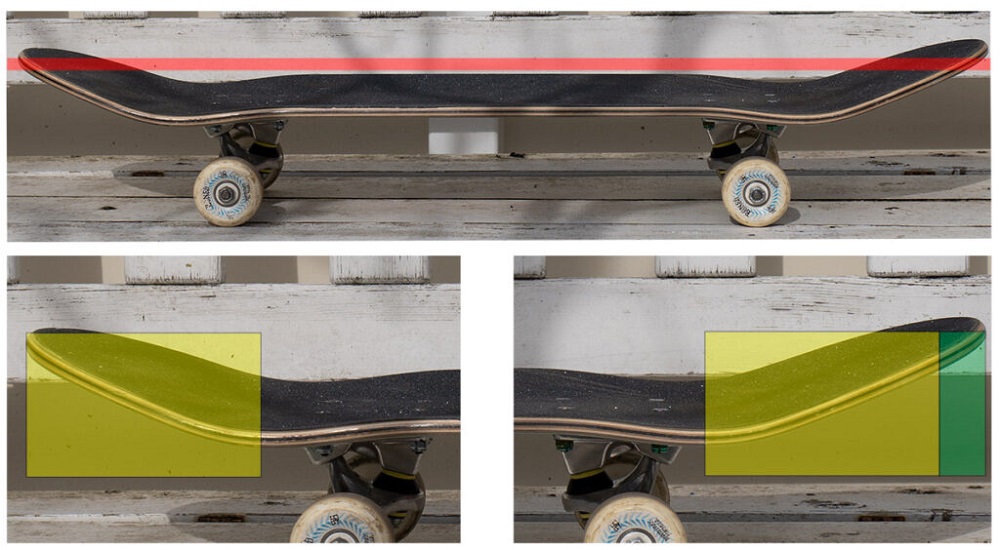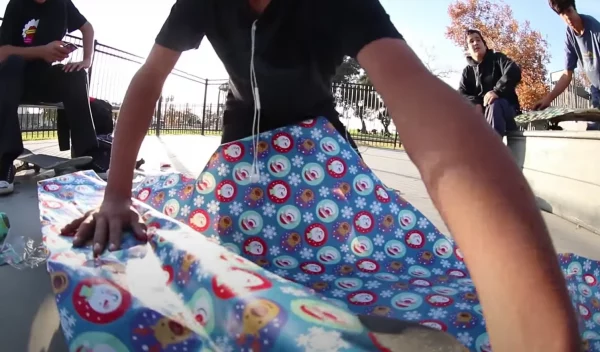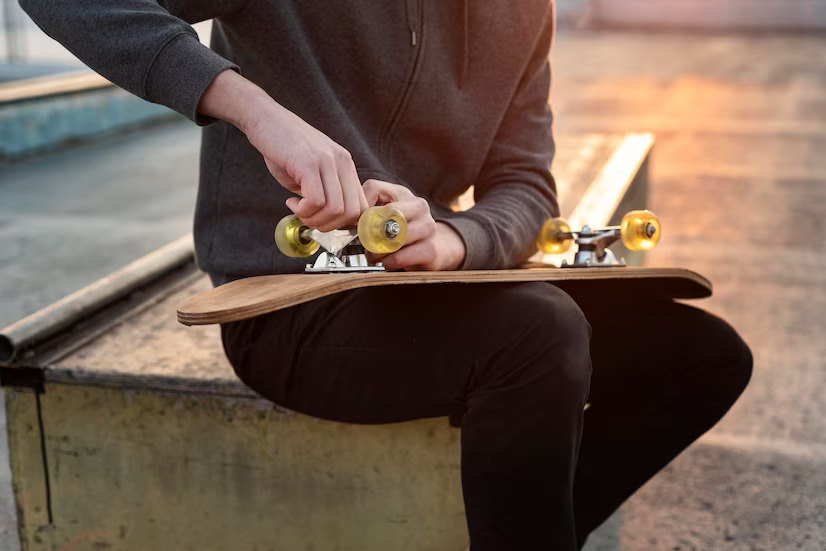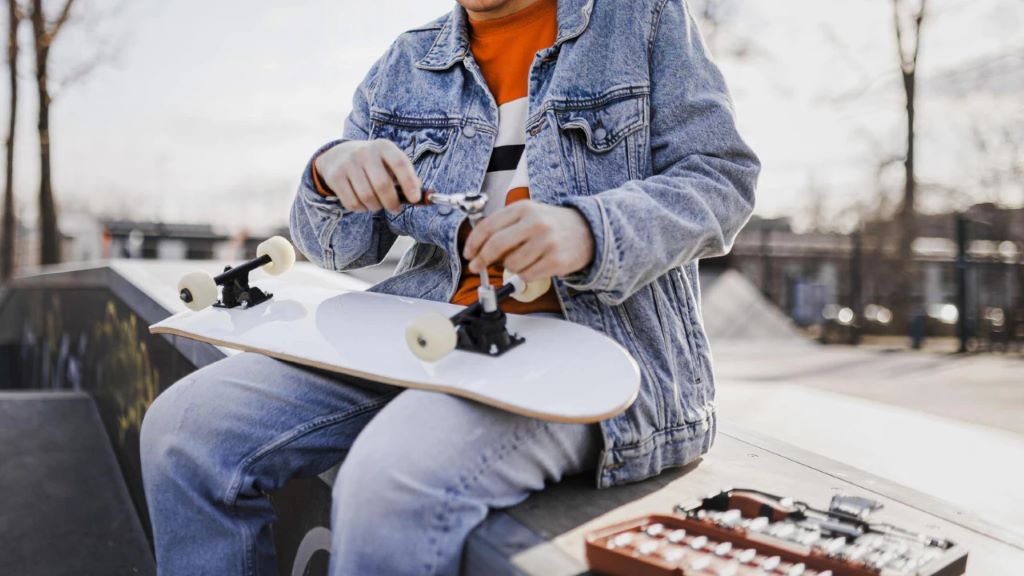Have you ever gazed at a skateboard, pondering which end is the front and which is the back? You’re not alone. The enigmatic nature of skateboards can leave even seasoned riders perplexed. The front of a skateboard holds a key to your riding experience, but distinguishing it from the back of a skateboard is no trivial matter.
In this article, we’re about to demystify this puzzle and provide you with the essential knowledge to discern the front and back of a skateboard effortlessly. So, if you’ve ever wondered which way to ride or how to optimize your skateboarding performance, read on as we unravel the secrets hidden beneath those four wheels.
The Anatomy of a Skateboard

Before we dive into the question of which end is the front, let’s take a moment to understand the basic components of a skateboard. A skateboard consists of several essential parts:
- Deck: The deck is the flat, often concave, board that you stand on. It’s usually made of wood, fiberglass, or a combination of materials. Decks come in various shapes, sizes, and designs.
- Trucks: Trucks are the metal T-shaped parts mounted under the deck. They hold the wheels in place and allow the skateboard to turn. Each skateboard typically has two trucks, one in the front and one in the back.
- Wheels: Skateboard wheels are made of urethane and come in different sizes and hardness levels. They are attached to the trucks and provide the necessary traction for riding.
- Bearings: Bearings are small, round components that fit inside the wheels. They enable the wheels to spin smoothly and reduce friction, allowing for a smoother ride.
- Grip Tape: Grip tape is a gritty, adhesive material that covers the top of the deck. It provides traction for your feet, helping you stay on the skateboard.
Now that we’ve identified the main parts of a skateboard, let’s tackle the question: does a skateboard have a front and a back?
The Front and Back of a Skateboard
In the world of skateboarding, the distinction between the front and back of a skateboard isn’t as straightforward as it might seem. Unlike many other wheeled devices, like bicycles or scooters, skateboards lack a clear-cut front and back.
The Nose and Tail
However, there are some general conventions that skaters follow to determine the orientation of their skateboard. The two primary terms you’ll encounter are the “nose” and the “tail.”
1. Nose: The nose of the skateboard is typically the front end. It’s often slightly more pointed or tapered than the tail. Some skateboard decks may have graphics or logos on the grip tape near the nose, helping you identify it.
2. Tail: The tail is the rear end of the skateboard. It’s generally a bit blunter or squared-off compared to the nose. Some skaters prefer to have a more defined tail, as it can be useful for certain tricks.
How to Tell the Difference
Now that you know about the nose and tail, you might be wondering how to tell them apart when you look at a skateboard. Here are a few methods:
1. Graphic Orientation: As mentioned earlier, some skateboard decks have graphics or logos on the grip tape near the nose. If you see a design or logo on one end, that’s likely the front (nose) of the skateboard.
2. Concave Shape: Many skateboard decks have a subtle curvature called concave. The concave side is often the front (nose) because it helps with foot placement and control. If you notice a slight curve, the side with the deeper curve is usually the front.
3. Kicktails: Some skateboard decks have kicktails, which are small upturned sections at both the nose and tail. These kicktails are more prominent at the back (tail) and can be used for tricks like ollies and kickflips.
4. Wear and Tear: Over time, the grip tape on a skateboard deck may show signs of wear, especially near the nose if that’s where your front foot usually rests. This can be a visual clue to help you determine the front end.
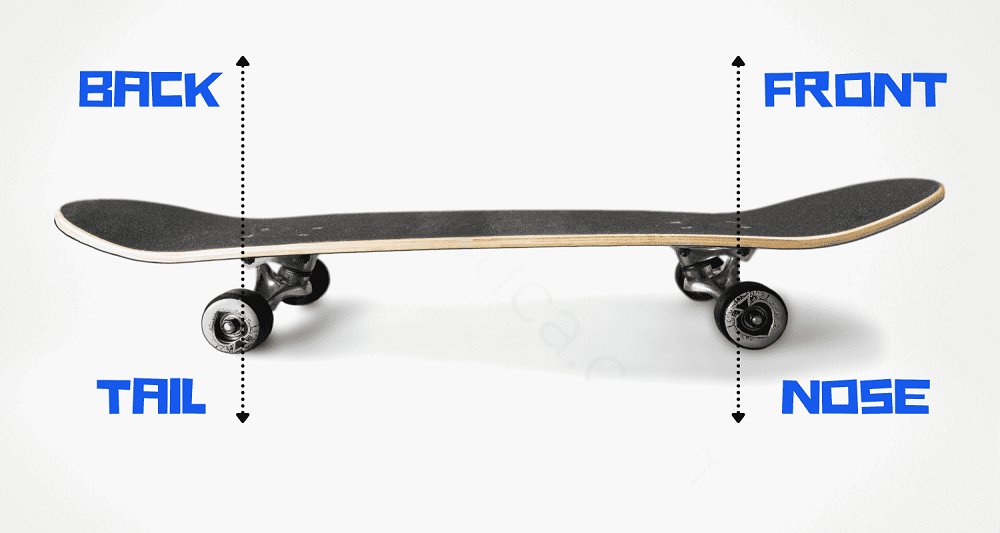
It’s important to note that while these methods are generally reliable, there are exceptions. Skateboard decks can be symmetrical, especially those designed for technical tricks, making it more challenging to discern the front from the back. In such cases, skaters often rely on personal preference.
Why Does It Matter?
You might be wondering why it’s essential to know which end of a skateboard is the front. After all, isn’t it just a piece of wood with wheels? Well, not exactly. Understanding the front and back of your skateboard can impact your riding experience in several ways:
1. Foot Placement: Knowing which end is the front helps you position your feet correctly for balance and control. For instance, your front foot typically rests near the nose, while your back foot is near the tail.
2. Tricks and Maneuvers: Many skateboarding tricks and maneuvers rely on the orientation of the skateboard. For example, performing an ollie involves using the kicktail at the back of the board. Understanding the front and back is crucial for executing tricks effectively.
3. Riding Style: Different riding styles, such as street skating or vert skating, may require specific foot positioning and weight distribution. Recognizing the front and back is vital for adapting your riding style to various situations.
4. Board Maintenance: When setting up your skateboard, it’s essential to assemble it correctly. Mounting the trucks in the wrong orientation can affect the board’s performance and your safety.
Exceptions to the Rule
While we’ve discussed general guidelines for determining the front and back of a skateboard, it’s worth noting that there are exceptions. Skateboarding is a highly diverse and creative sport, and some skaters intentionally set up their boards differently.
1. No-Nose Skateboards: Some skaters prefer boards with no distinct nose or tail. These symmetrical decks are ideal for technical tricks and can be ridden in either direction. Skaters who enjoy switch skating (riding with your non-dominant foot forward) often use no-nose boards.
2. Double Kicktails: Certain skateboard decks have identical kicktails on both ends, making it easier to perform tricks like flip tricks or manuals in either direction. These boards are popular among freestyle and street skaters.
3. Personal Preference: Ultimately, the front and back of a skateboard can come down to personal preference. Some skaters develop their unique style and may set up their boards differently based on what feels most comfortable to them.
FAQs
1. Can I ride a skateboard in either direction if it has a defined front and back?
Yes, you can ride a skateboard in either direction, even if it has a defined front and back. Many skaters learn to ride switch (with their non-dominant foot forward) to improve their skills and versatility.
2. Why are some skateboard decks symmetrical with no clear front or back?
Symmetrical skateboard decks are designed for versatility and technical tricks. They allow skaters to perform maneuvers in either direction and are favored by those who enjoy switch skating.
3. Does the front and back of a skateboard affect its performance?
Yes, the orientation of the front and back can impact the skateboard’s performance. It affects your foot placement, balance, and your ability to execute tricks. It’s essential to know the front and back for a more controlled riding experience.
4. Can I switch the front and back of my skateboard if I prefer it differently?
Yes, you can switch the front and back of your skateboard to align with your preference. Just make sure to adjust your trucks and wheels accordingly, as changing the orientation can affect how the board rides.
5. Are there any official rules about the front and back of a skateboard?
No, there are no official rules regarding the front and back of a skateboard. Skateboarding is a creative and individualistic sport, and skaters are free to set up their boards according to their preferences and riding style.
In conclusion
Deciphering the front of a skateboard is not merely a matter of aesthetics; it’s about optimizing your performance and safety. Now that you’ve delved into the intricacies of the front and back of a skateboard, you can confidently discern their orientation.
The back of a skateboard typically sports a tail with a steeper kick, offering stability for tricks and maneuvers. Meanwhile, the front of a skateboard leans towards the nose, designed for better control during turns and downhill rides. So, next time you step on your board, remember the critical role of its front and back, ensuring you’re in the right position for that epic ride ahead.

